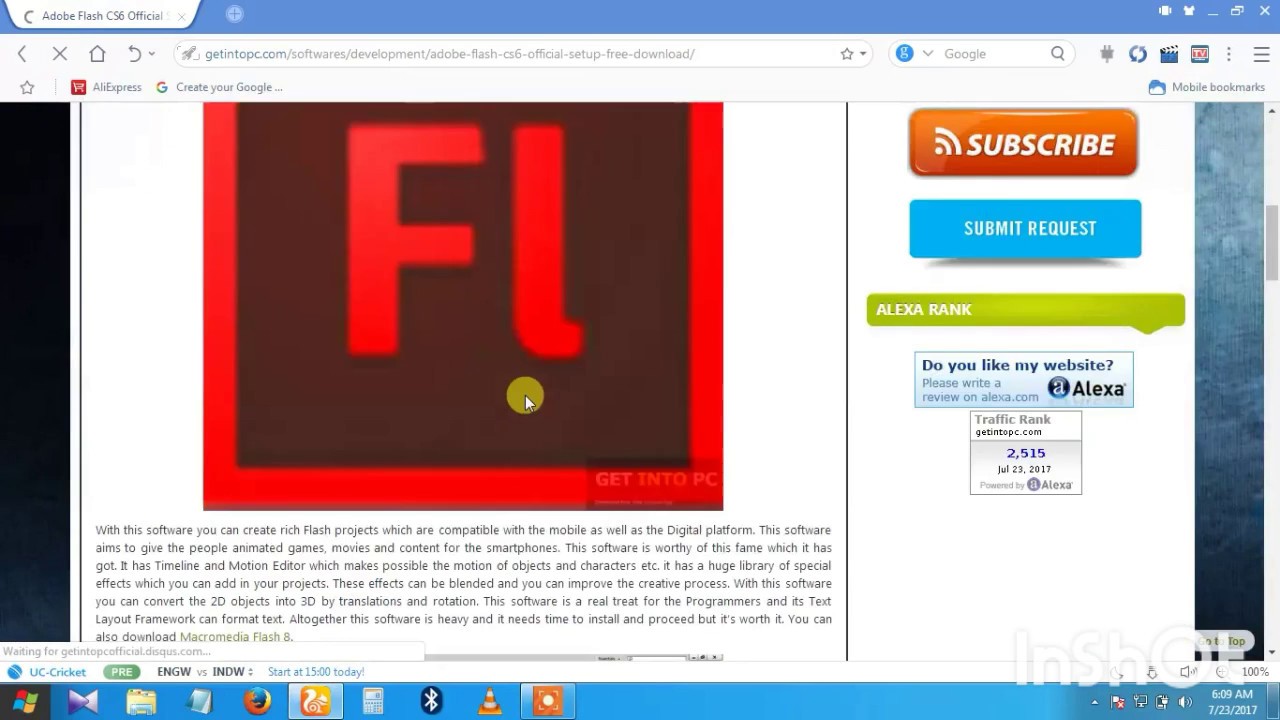

Interactive M-Learning applications are designed with UML (Unified Modeling Language) modeling and translated into applications using Adobe Flash and then implemented on Android mobile devices. One of the steps to provide convenience in the distance learning process is to innovate in the field of technology by creating an Android-based M-Learning application with an interactive concept so that it not only provides simple learning but is also designed attractively and interactively so that student participants can interact directly with this M-Learning application. The problem that occurs is the unpreparedness of the infrastructure and resources in the smooth running of the distance learning process. One thing that is affected is in the field of education, the teaching and learning process must be carried out online. The birth of WFH was caused by the impact of the Covid-19 pandemic, which forced all activities in various fields, including government, business, trade, education, and so on, to be carried out online through the use of technology. Work From Home (WFH) is an activity that is carried out at home with the flexibility to work both place and time with the help of telecommunications technology.



The results showed that the products developed were suitable for learning based on alpha testing and beta testing with very good and effective results to improve student learning outcomes with moderate criteria. The data that have been collected were analyzed by qualitative descriptive technique. Data collection techniques used means of interviews, questionnaires, and tests. Product testing consists of an alpha test and a beta test to determine the level of product feasibility and test the effectiveness of products on student learning outcomes. exe format, so the product can be directly used on many types of computers without the need to install the Adobe Flash CS6 program. This research method is Research and Development refering to the steps of the ADDIE development model.


 0 kommentar(er)
0 kommentar(er)
